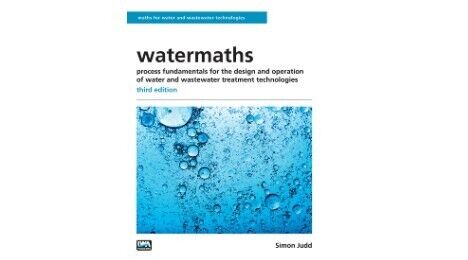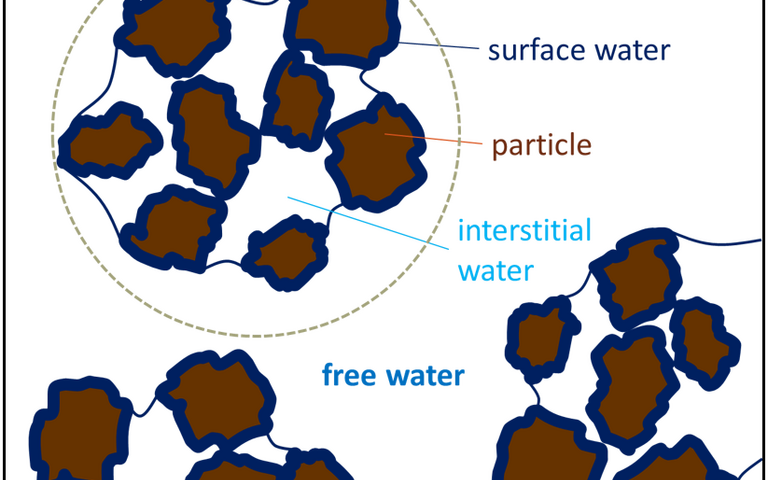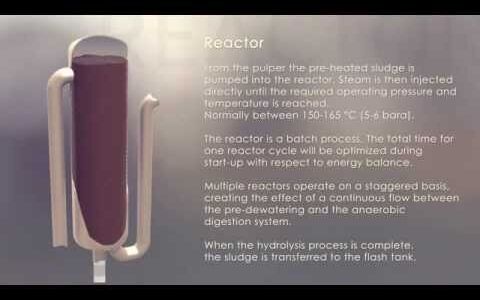Sludge separation − gravitation/sedimentation

Overview of sedimentation
Sedimentation (or gravitation or settlement) is the separation of particles from water on the basis of their weight. Particles heavier (more dense) than water will sink, while those less dense will rise. If the water is quiescent (i.e. still) or semi-quiescent then the particles can collect at the base or surface of the water, from where they may then be removed.
Sedimentation is the separation of particles heavier than water. Particles less dense than water can be separated by flotation, though flotation commonly employs air (as in dissolved air flotation thickening) to promote the separation of particles which are neutrally buoyant.
When a particle settles in water it does so at a constant velocity which arises from the balance of three forces:
- the downward gravitation force arising from the density difference between the settling particle solids (ρs) and the water (ρ)
- the buoyancy force from the displacement of the water by the particle, which relates to the water density, and
- the drag force, which is a function of the particle cross-sectional area (and so its effective diameter d) and is dependent on the flow regime around the particle.
Because of the dependency of drag force on the flow regime the relationship between the settling velocity and size of a settling particle is itself dependent on particle size. Larger, denser particles settling more rapidly are associated with larger Reynolds numbers which pertain to more turbulent flow.
However, for almost all practical considerations within water and wastewater treatment, laminar flow dominates during particle settlement and flotation. This being the case, the settling velocity vs of a spherical particle is given by Stokes Law:
where g and µ are gravitational acceleration and liquid viscosity.
In practice particles are not spherical, and do not settle in isolation but interact with others around it settling at the same time. This interaction retards the overall settling rate, a phenomenon referred to as hindered settling. The settling rate calculated from the above equation therefore is the maximum settling rate likely to be encountered for a particle of specific size and density within the sludge sample. Both sphericity and hindered settling can be accounted for using empirical correction factors of θ (the shape factor) and Fp respectively.






